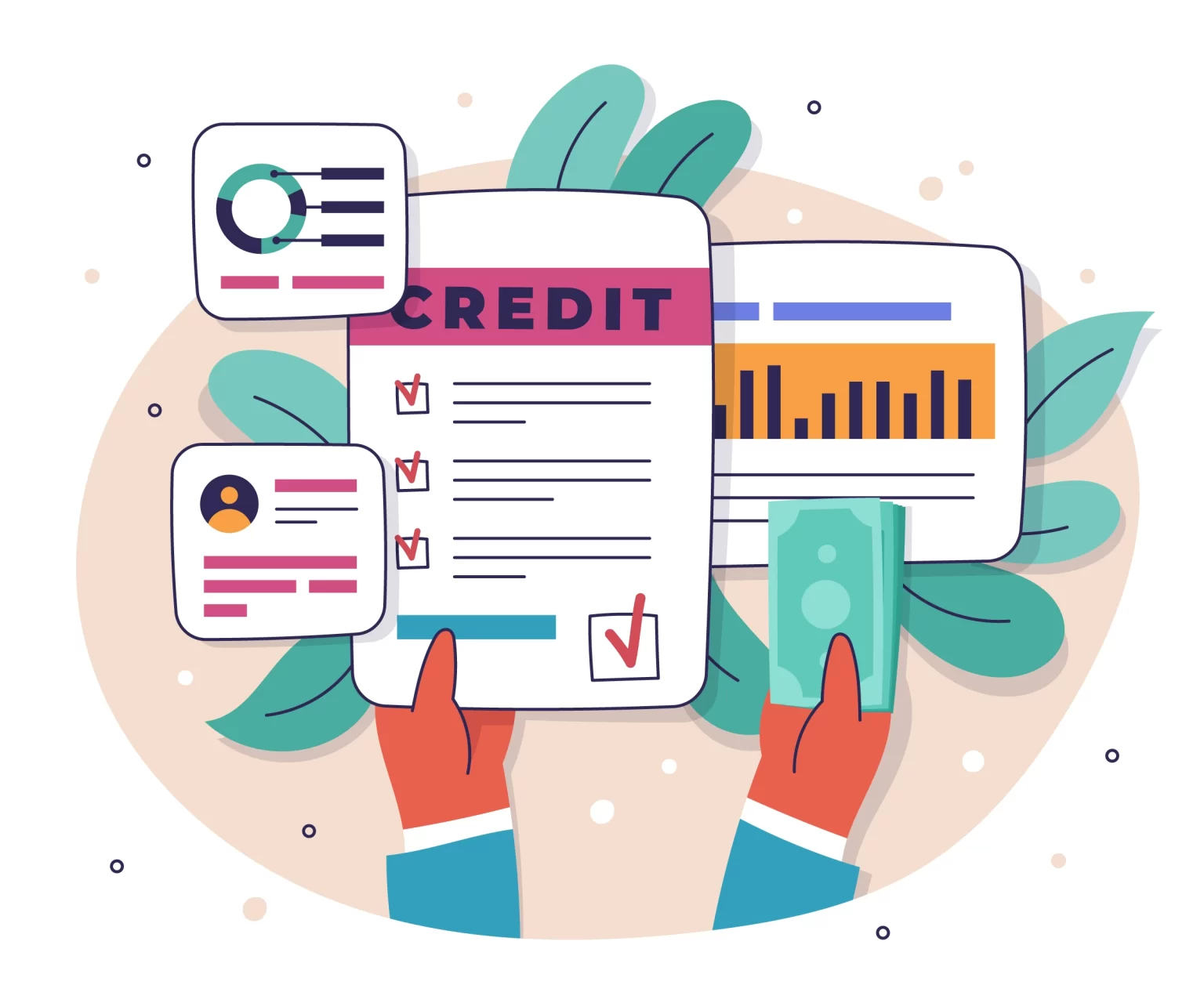
As the adage goes, “human materialistic wants are never-ending, so the want for money is never-ending.” This timeless wisdom underscores the perpetual pursuit of financial resources to satisfy our ever-growing desires.
Borrowers, particularly those struggling to make ends meet, are the individuals who constantly face the challenge of securing funds for essential expenses such as school fees, purchasing a new phone, or booking air tickets, starting a new business. The borrower can be an individual, a business, or a corporation. These financial burdens often create significant stress and anxiety as they strive to fulfil their basic needs and meet unexpected expenses. SMEs and MSMEs (e.g., retailers, traders, wholesalers) are no exception. They are always in need of credit inflow for their business growth in the volatile environment they operate in. The impediments they face in their growth journey range from fluctuating consumer demand, high cost of real estate, varying inventory turnover times, and supply chain inefficiencies. Additionally, whenever they consider making a big spend, they face challenges. Applying for multiple loans or continuously issuing new credit cards can have a negative effect on their credit score and business. Thus, for borrowers in such circumstances, having reliable access to financial resources becomes crucial for managing day-to-day expenses and pursuing opportunities for growth and improvement.
This wave of borrowers’ demand has prompted banks and financial institutions to reassess and reimagine their lending operations in unprecedented ways. Introducing Elastic Credit Line (ECL).
At its core, an Elastic Credit Line, also known as a revolving or flexi loan, is designed to address multiple shortcomings of traditional credit loans. Unlike traditional credit loans, which impose rigid limitations and cumbersome repayment structures, an elastic credit line offers a more dynamic and adaptable approach to borrowing. It is a credit product that can be drawn on multiple times and gets replenished as the outstanding amount is paid down in one or more payments.
But the best of ECL is offered only when it blends with a highly scalable, resilient and infra-redundant lending suite to enthral users and empower them with the freedom to tailor their borrowing experience to suit their individual needs and preferences.
With the market strewn with a myriad of Elastic Credit Lines from diverse lenders, each touting its unique features, a high-performing, scalable, and resilient platform is crucial to meet regulatory requirements, address diverse consumer demands, and manage the vast volume of loans efficiently.
Introducing Pennant’s: a future-ready lending platform – pennApps Lending Factory -that ensures compliance with evolving regulations, effectively caters to varied consumer needs, and handles substantial loan volumes with ease, ensuring operational excellence and customer satisfaction.
Pennant’s Elastic Credit Line solution is tailored for modern borrowers, offering the flexibility and scalability necessary to fuel personal growth and innovation. Crafted to adapt to borrowers’ evolving financial requirements, our ECL solution provides unmatched flexibility, reliability, and scalability. Leveraging the advanced Pennant Lending Suite, it seamlessly integrates cutting-edge technology with intuitive features, simplifying the borrowing journey. With instant fund access and personalized repayment plans, individuals can manage their finances with ease, free from concerns about hidden fees or charges.

Pennant’s ECL solution is not just another flexi credit solution in the market, it is configurable, customisable and delivers a unified and seamless experience. It is different from credit line on UPI. It offers a flexible credit agreement that adapts to the individual needs of the borrowers.
A Pure Credit Line provides you with a consistent and unchanging credit limit throughout the specified tenure.
For instance, if an individual borrows a Pure Credit Line with an initial limit of 10000 $ for a duration of 2 years. With this arrangement, you have access to the full 10000 $ credit limit throughout the entire 2-year period, enabling you to withdraw funds as needed without any changes to the available credit.
As the name suggests, it is a credit facility in which the total credit limit offered at the beginning comes down gradually to zero at the end of the given tenure.
For instance, an individual borrows a dropline credit facility with an initial limit of 6000$ for 3 years with annual dropline, you will be able to withdraw up to 6000$ any time or many times before the year ends. However, the limit will be reduced to 4000$ after the first year; to 2000$ after 2 years; and it will eventually come down to zero after 3 years.
A combination of pure and dropline credit line facility offered is termed hybrid.
All this, and more, that sets Pennant’s ECL apart:
Sounds Interesting? A little briefer on it.
Ultimately, for executives in financial institutions apprehensive about digital transformation in lending industry, the message is clear: the future is digital, and for you to unlock new opportunities, drive growth, and deliver superior customer experiences in the ever-evolving lending ecosystem, act now with Pennant’s Elastic Credit Line
Recent Blogs